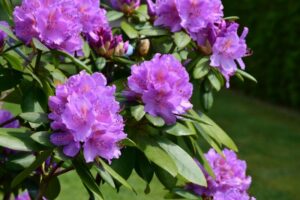In this guide, we’ll explore a comprehensive list of plants to avoid when cultivating strawberries.
Fennel
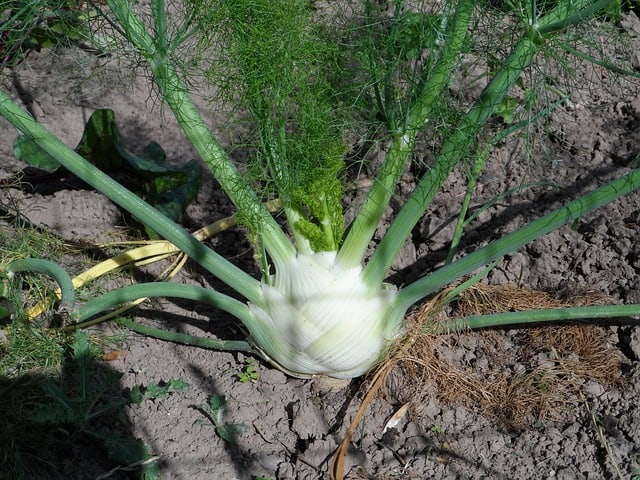
Fennel is an aromatic herb that many gardeners cherish for its unique flavor and culinary uses. However, this herb has a notorious reputation for being a bad companion plant to strawberries. Fennel is allelopathic, meaning it releases substances that can inhibit the growth of nearby plants, including strawberries. The compounds produced by fennel can stunt the strawberry plants, resulting in reduced yields. If you love both strawberries and fennel, consider keeping them at least several feet apart to avoid interference.
Cabbage

Cabbage, along with other members of the Brassica family, such as kale and broccoli, should be kept away from strawberries. These leafy greens can compete for nutrients, and their robust growth might overshadow the more delicate strawberry plants. Furthermore, cabbage can attract pests like aphids and caterpillars, which may also find their way to strawberry plants, leading to further infestations. For a harmonious garden, it’s best to keep these two families separate.
Broccoli

Much like cabbage, broccoli has similar growth habits and nutrient requirements that can adversely affect strawberries. Their extensive root systems can compete with strawberries for soil nutrients and moisture, leading to subpar growth for both. Additionally, broccoli is often targeted by pests such as cabbage worms, which can easily migrate to strawberries nearby, creating a double endeavor for the gardener trying to manage pests. Better to grow these vegetables far apart for healthier strawberry plants.
Potatoes
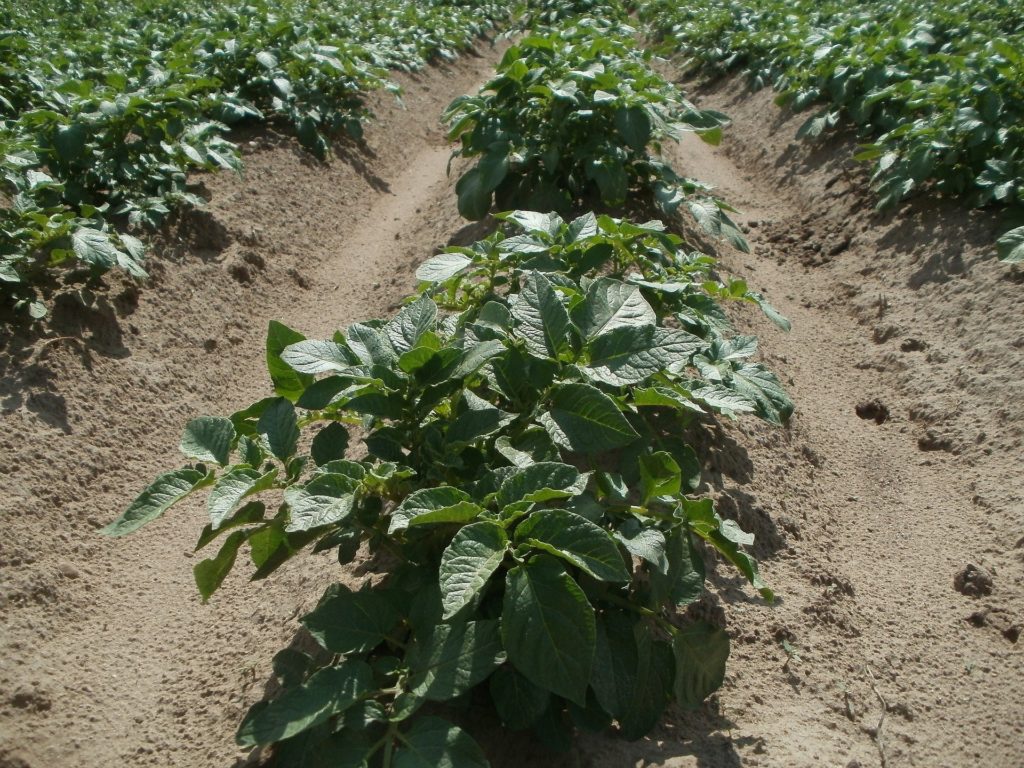
Potatoes are another plant to avoid when growing strawberries. Both plants belong to the nightshade family, which can lead to compatibility issues, including increased risk of pests and diseases. Planting strawberries near potatoes can create a conducive environment for root rot and other fungal infections. Potatoes can also compete for nutrients, moisture, and space, making it challenging for strawberries to thrive. For a flourishing strawberry patch, ensure that your potatoes are planted in a different area of the garden.
Tomatoes
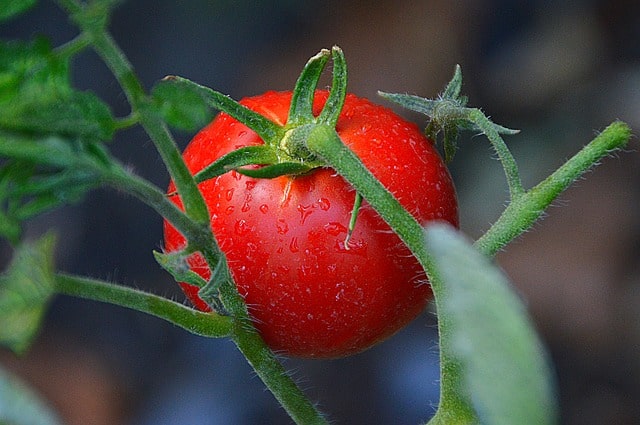
Tomatoes, like potatoes, belong to the nightshade family and present similar challenges when grown alongside strawberries. The high nitrogen content in soil that favors tomato development may not be suitable for strawberries, which prefer slightly more acidic conditions. Additionally, both plants can attract whiteflies and aphids, increasing the risk of infestation. To maintain a healthy strawberry crop, plant your tomatoes no less than a few feet away from your strawberries, and consider growing them in separate beds.
Eggplant
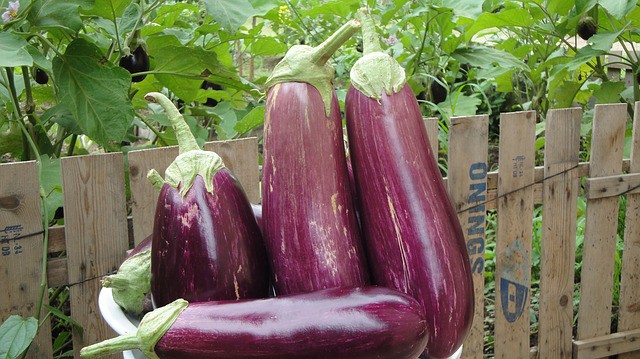
Eggplant shares the same family as tomatoes and potatoes, leading to overlapping issues such as pest threats and competition for resources. The presence of eggplant can lead to increased aphid populations, which are known to affect strawberries as well. Furthermore, both eggplants and strawberries require rich soil, and planting them together could lead to nutrient deficiencies for your strawberries. To ensure robust production of strawberries, it’s wise to keep eggplants at a proper distance.
Red Clover

On the surface, red clover seems like a harmless companion plant that could potentially benefit strawberry growth through soil improvement. However, red clover can attract pests that might also target strawberries, including aphids and spider mites. Additionally, red clover may compete for nutrients in the soil, particularly nitrogen, which is essential for strawberries’ growth. Instead of planting red clover in your strawberry patches, consider using it in a separate area of the garden where its benefits can be enjoyed without endangering your strawberries.
Collard Greens

Collard greens may be packed with nutrients, but they are not ideal companions for strawberries. Similar to other members of the Brassica family, collards have a vigorous growth habit that can overshadow strawberries and hinder their development. Furthermore, these greens might attract pests that are also drawn to strawberries, consequently introducing new threats to your berry harvest. For optimal strawberry growth, steer clear of collard greens in close proximity.
Kale

Kale, being another Brassica vegetable, presents similar compatibility issues as cabbage and collard greens. Growing kale alongside strawberries can lead to competition for resources, such as light, space, and nutrients. Moreover, kale can attract pests that impact strawberries adversely. If you are cultivating both kale and strawberries, keep them separated to avoid interference and protect your berry crop from potential pest issues.
Cauliflower
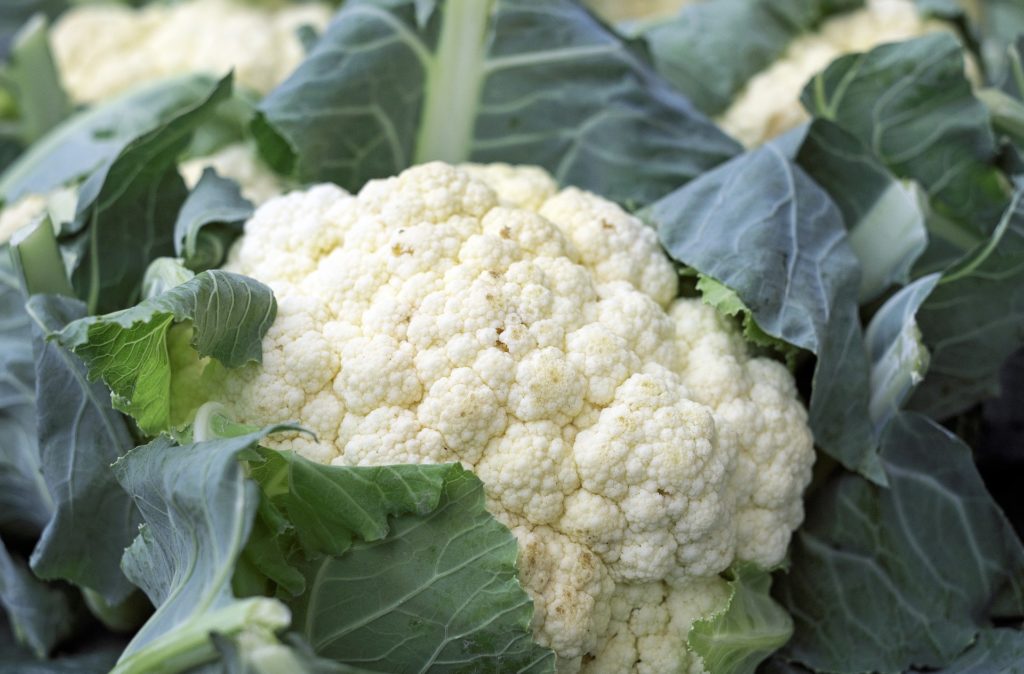
Cauliflower, another member of the Brassica family, shares a strong resemblance to other non-companion plants for strawberries. This cruciferous vegetable can take up a considerable amount of space and nutrients, leading to competition that can result in a weakened strawberry crop. Just like its fellow Brassicas, cauliflower can attract pests which may travel to strawberries, compounding the care required for your garden. To support healthy strawberries, consider growing cauliflower in a dedicated vegetable bed away from berry patches.
Brussels Sprouts
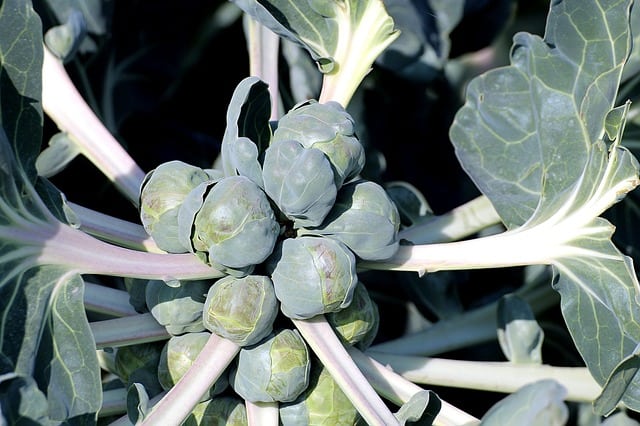
Brussels sprouts are yet another Brassica to keep away from strawberries. These plants have exclusive requirements and can overshadow smaller strawberry plants, leading to inadequate sunlight and nutrients for the strawberries to thrive. Moreover, both plants can attract similar pests, making pest management a greater concern when grown together. To enhance the health and productivity of your strawberries, keep Brussels sprouts at a decent distance.
Roses
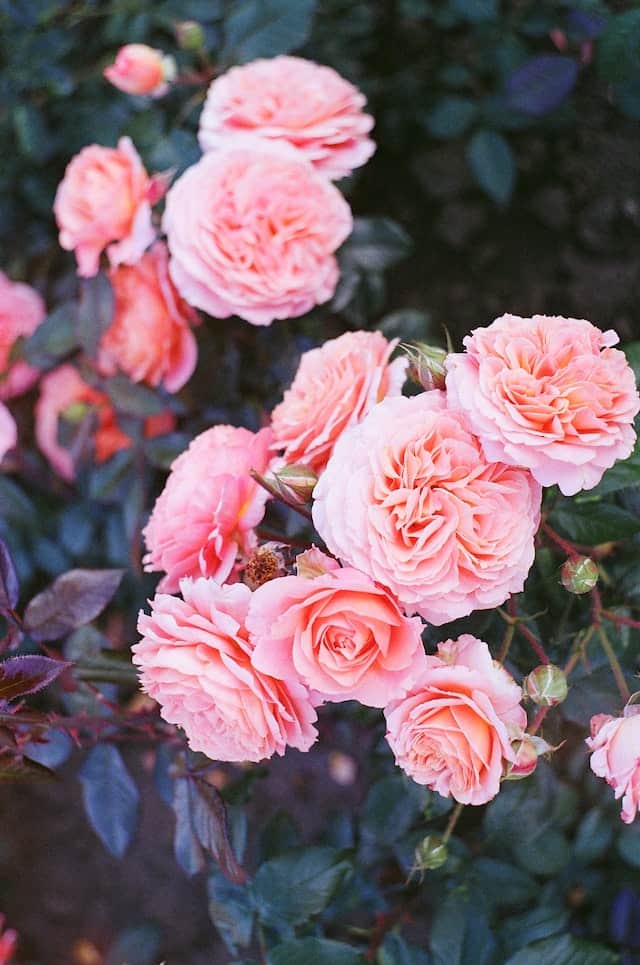
It may seem counterintuitive, but roses are not suitable companions for strawberries. While they can coexist in large gardens, planting roses too close to strawberries may lead to fungal and pest problems for both. Roses can draw in pests such as aphids, which can then migrate to the strawberry plants. Additionally, the two plants can compete for nutrients, which can stunt the growth of strawberries. For a more harmonious garden, plant your roses separate from your strawberry patches.
Sunflowers

Sunflowers are iconic flowers that add beauty to any garden, but they’re not ideal companions for strawberries. The tall, mighty stalks can overshadow strawberries, limiting their access to sunlight, a crucial factor for their growth. Moreover, sunflowers can attract pests such as aphids and other insects that may also find strawberries appealing. To create a thriving environment for strawberries, keep sunflowers at a considerate distance.
Melons
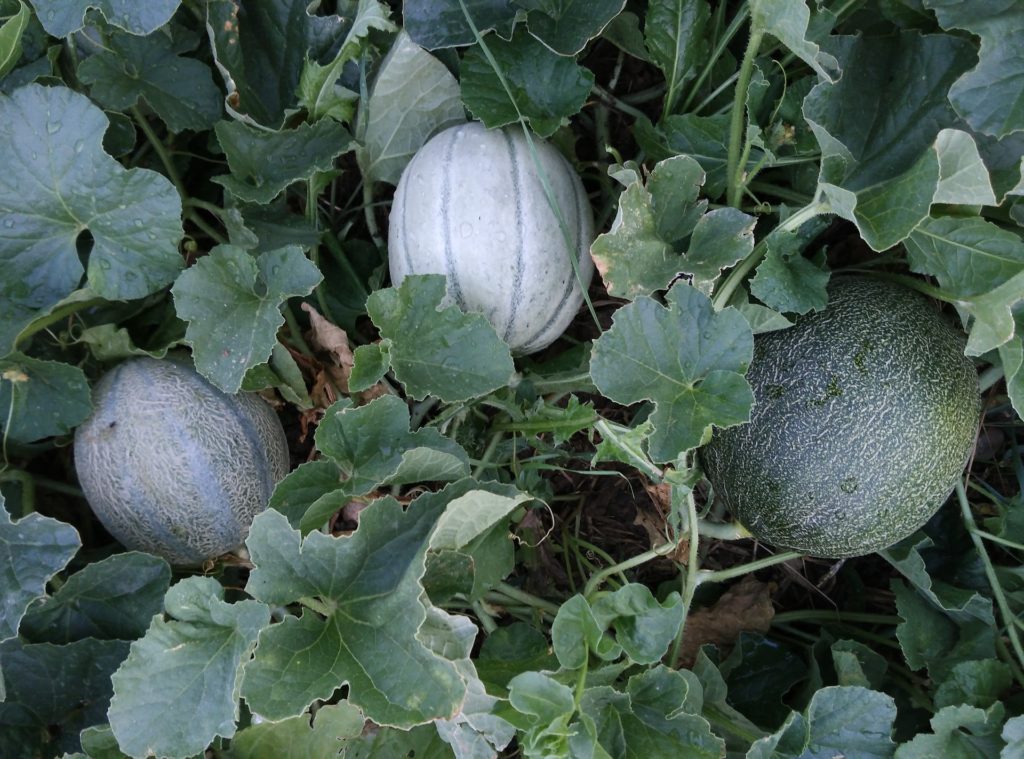
While melons are mouthwatering and refreshing fruits, they don’t play well with strawberries. The sprawling nature of melon vines can overshadow strawberries, restricting their access to sunlight and competing for valuable soil resources. Furthermore, melons can attract pests that threaten strawberries. Planting melons in a different part of the garden can go a long way in ensuring that both crops flourish independently.
Mint
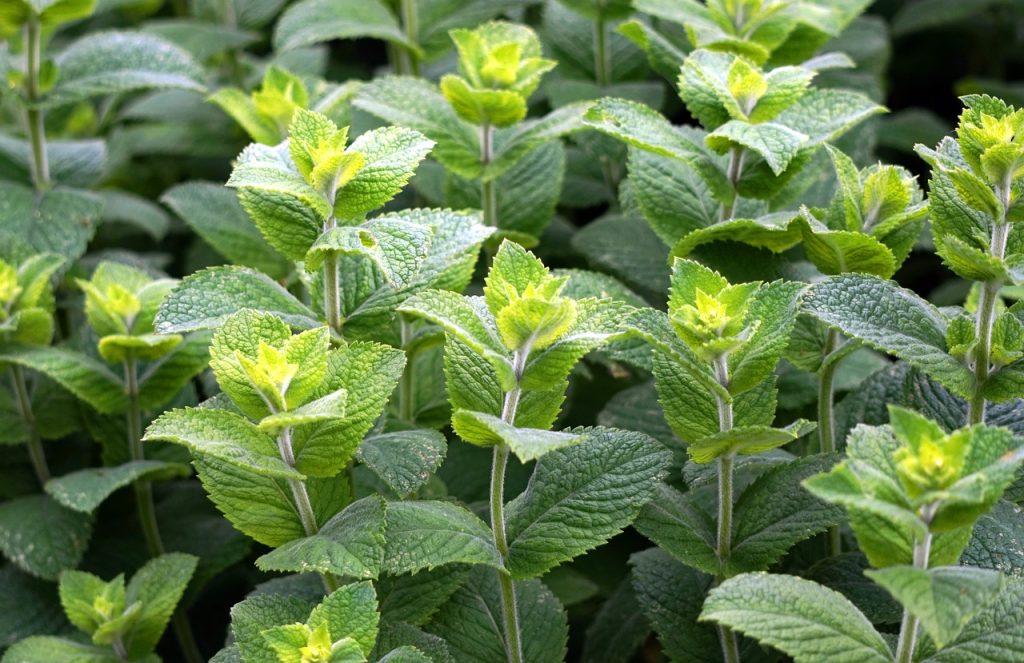
Mint is a versatile herb that many gardeners love, but it has a rampant growth habit that can easily overwhelm strawberry plants. The aggressive nature of mint can lead to it choking out strawberry plants, competing for nutrients and space. Additionally, mint can attract pests such as spider mites, which can spread to strawberries. To harness the benefits of mint in the garden without negatively impacting your strawberries, it’s wise to plant mint in pots or designate a separate area specifically for it.
Okra
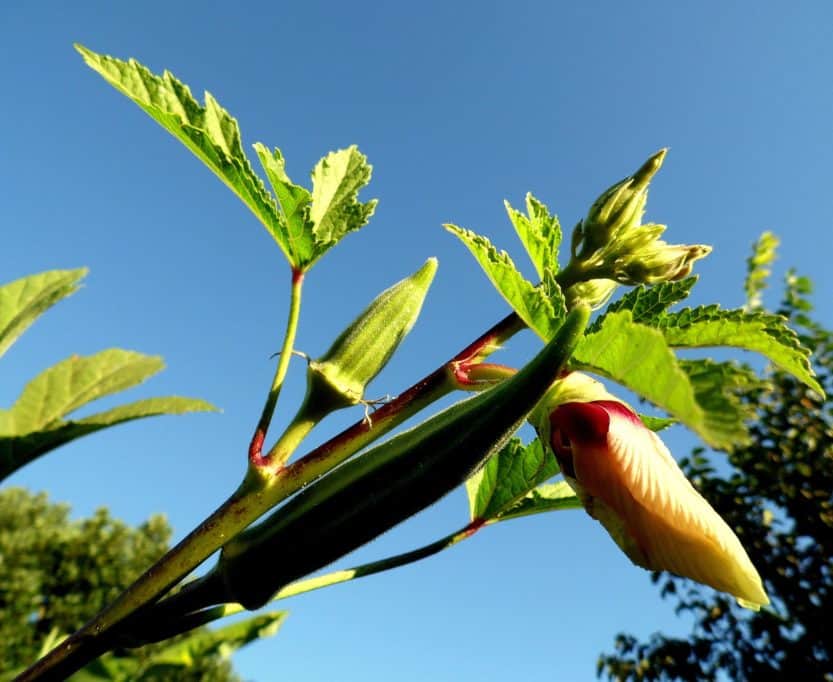
Okra, with its towering stalks and broad leaves, can create significant shading over strawberry plants. This overshadowing can limit the sunlight that strawberries need for optimal fruit production. Moreover, okra plants have a longer growing season, which may lead to increased competition for resources later in the season when strawberries need all the nutrients they can get. To promote healthy strawberry growth, keep okra distanced from your berry patches.
Raspberries

While raspberries are a delicious berry in their own right, planting them alongside strawberries can lead to trouble. Both plants require a substantial amount of nutrients, water, and space, and their close proximity can foster competition that results in diminished production for both. Additionally, raspberries can attract similar pests and diseases that can easily spread to strawberries, creating greater challenges for gardeners managing plant health. To ensure the best yield from strawberries, keep raspberries in a separate area of the garden.
Apricots

Apricot trees can be a delightful feature in orchards or home gardens, but their roots can be quite aggressive. These roots can compete with strawberries for nutrients and water, which is detrimental to the strawberry plants, especially in times of drought or nutrient scarcity. Additionally, apricot trees can attract pests and diseases that may also affect strawberries. Keep apricot trees a healthy distance away from strawberry patches to facilitate optimal growth and fruit production.
Peaches
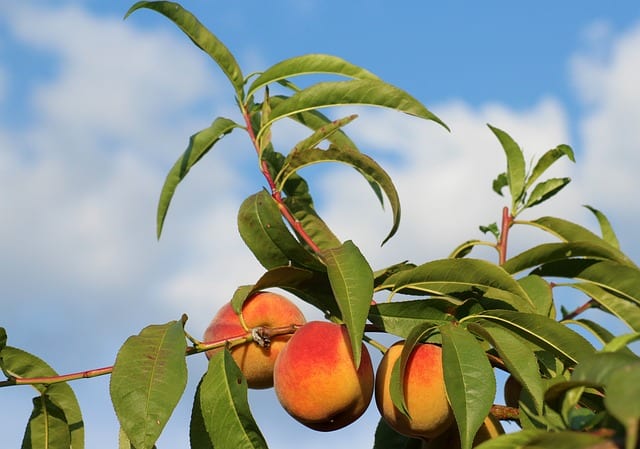
Similar to apricots, peach trees have a root system that can hinder the growth of strawberries. The competition for water and nutrients in the soil is vital for the health of strawberries and peach trees. Peach trees may also host pests that have the potential to inflict damage on nearby strawberries. Therefore, plant your peach trees away from strawberries to promote a thriving environment for both plants without undue stress.
Cherries
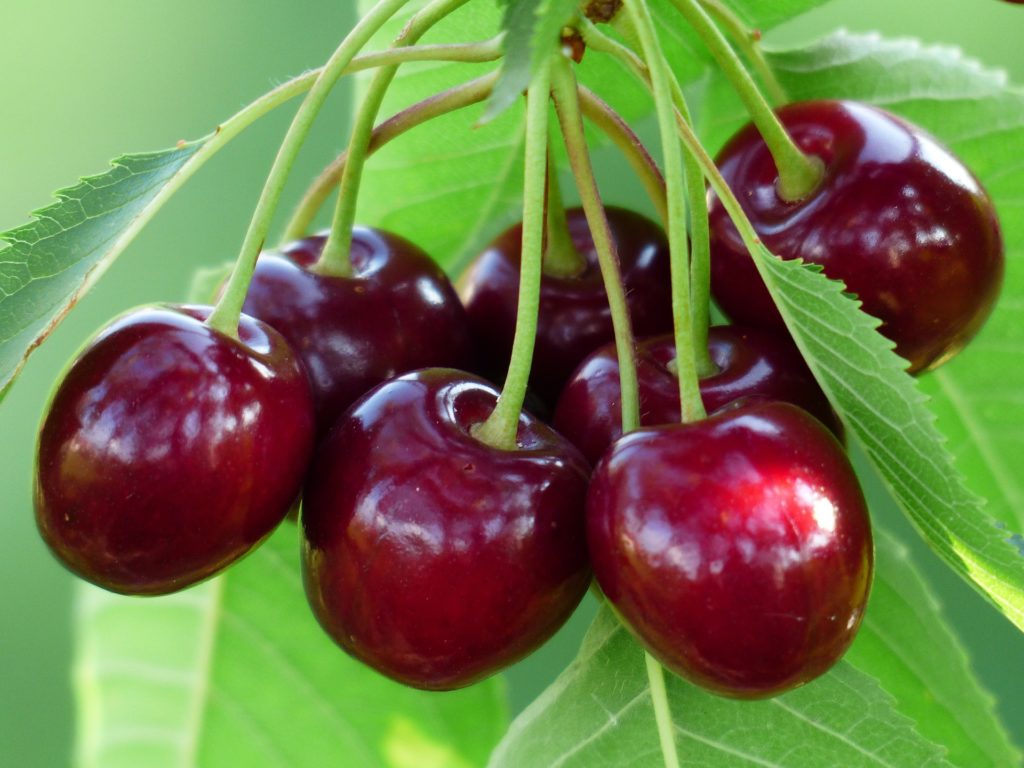
Cherries, while beautiful and delicious, can create similar challenges for strawberries as apricots and peaches. Their roots can compete with strawberries for essential soil nutrients and space, which can severely limit strawberries’ productivity. Furthermore, cherry trees can attract various pests and diseases that could also infest strawberry plants. Creating ample space between cherry trees and strawberry plants can help maintain the integrity of both.
Chrysanthemums

Chrysanthemums are a popular choice for fall blooms, but they are not the best companions for strawberries. These flowers can attract a variety of pests, including aphids, which may also migrate to strawberries. Additionally, the chemical properties of chrysanthemums can be detrimental to strawberry plant health. If you want to enjoy the beauty of chrysanthemums in your garden, keep them away from strawberry patches to ensure that your strawberries thrive without the threat of pest influx.




